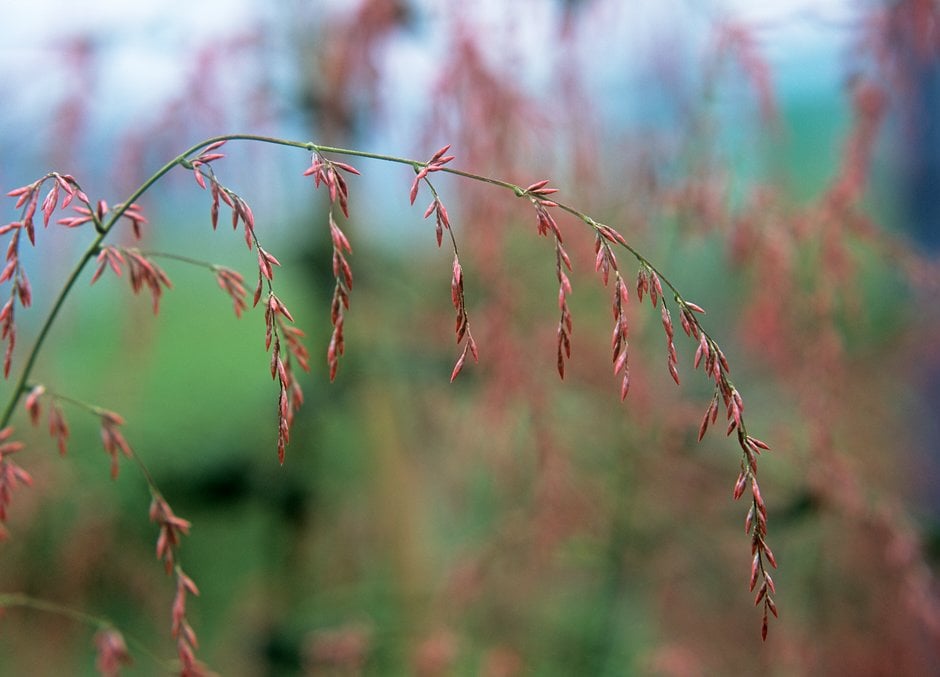Calomeria amaranthoides
amaranth feathers
A frost tender, erect and branching biennial to 2m tall with aromatic, lance-shaped leaves. Airy heads of small, tubular, pink to reddish-brown flowers are borne from summer into autumn
Size
Ultimate height
1.5–2.5 metresTime to ultimate height
1–2 yearsUltimate spread
0.5–1 metresGrowing conditions
Moisture
Well–drainedpH
Acid, Alkaline, NeutralColour & scent
| Stem | Flower | Foliage | Fruit | |
| Spring | Green | |||
|---|---|---|---|---|
| Summer | Brown Pink Red | Green | ||
| Autumn | Brown Pink Red | Green | ||
| Winter |
Position
- Full sun
Aspect
West–facing or South–facing
Exposure
Sheltered Hardiness
H2Botanical details
- Family
- Asteraceae
- Native to GB / Ireland
- No
- Foliage
- Deciduous
- Habit
- Columnar upright
- Potentially harmful
- Skin allergen. Wear gloves and other protective equipment when handling
- Genus
Calomeria is the genus of one species of highly aromatic biennial, native to Southern Australia. They have simple, alternate leaves and large, branched pyramid-shaped panicles of very small, tubular flower heads in summer.
- Name status
Correct
- Plant range
- SE Australia
How to grow
Cultivation
Grow in fertile, well-drained soil in full sun. Frost tender requiring a minimum temperature of 40°C
Propagation
Propagate by seed
Suggested planting locations and garden types
- Cottage and informal garden
- Prairie planting
- Flower borders and beds
Pruning
No pruning required
Pests
Generally pest-free
Diseases
May be susceptible to a virus
Get involved
The Royal Horticultural Society is the UK’s leading gardening charity. We aim to enrich everyone’s life through plants, and make the UK a greener and more beautiful place.
